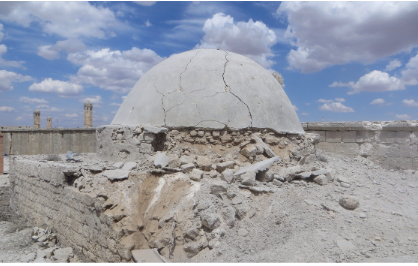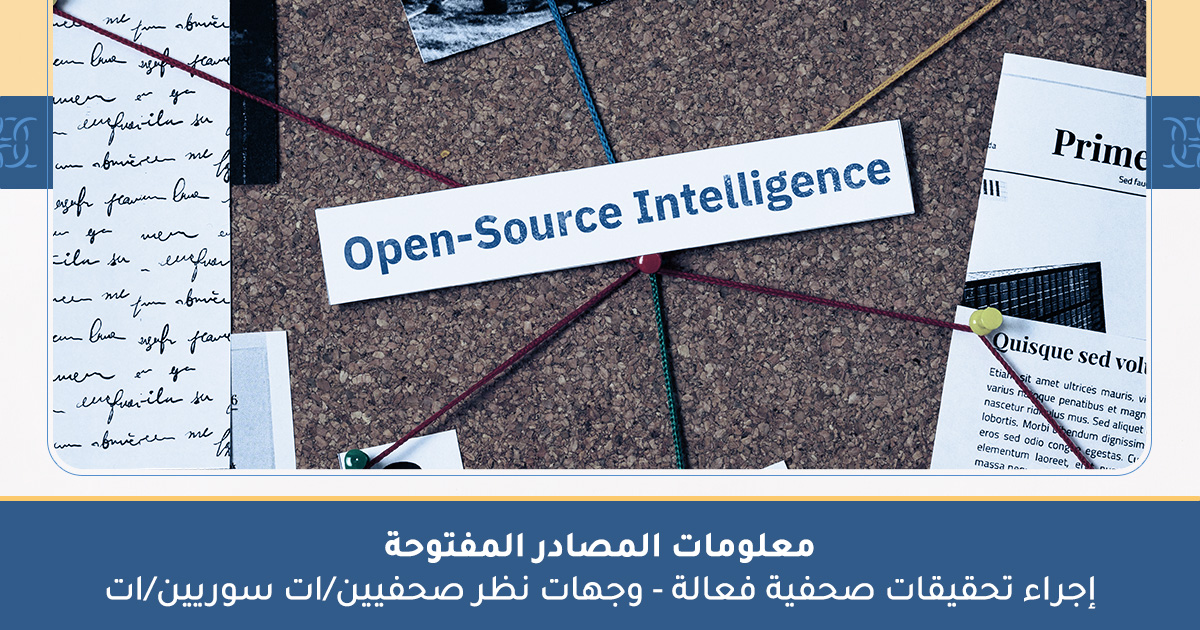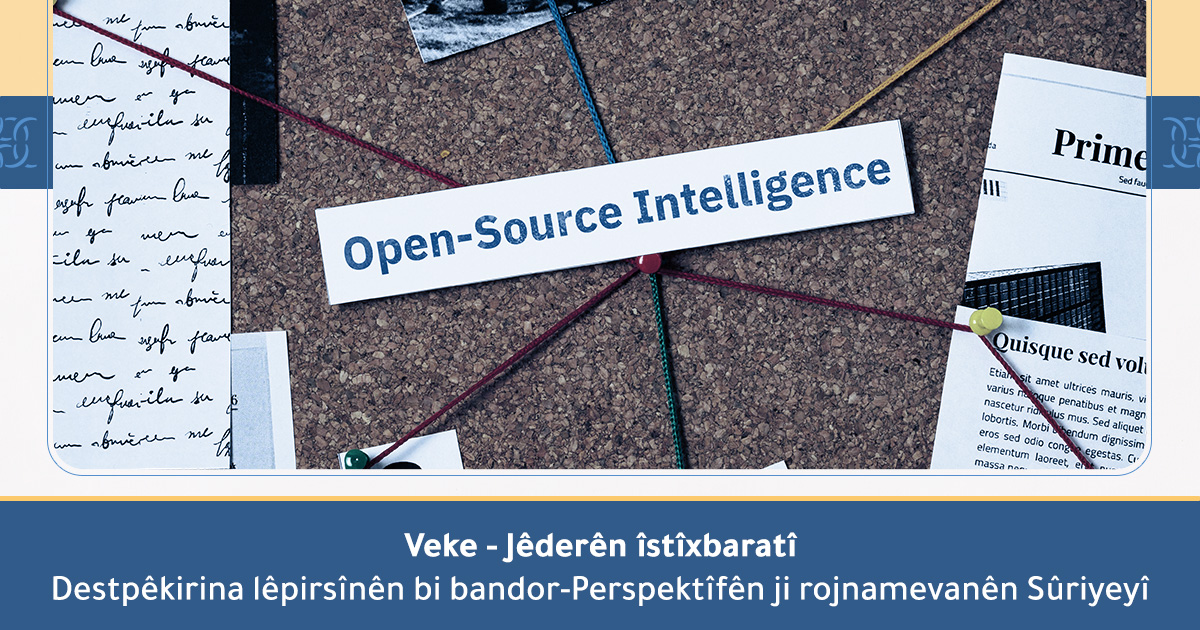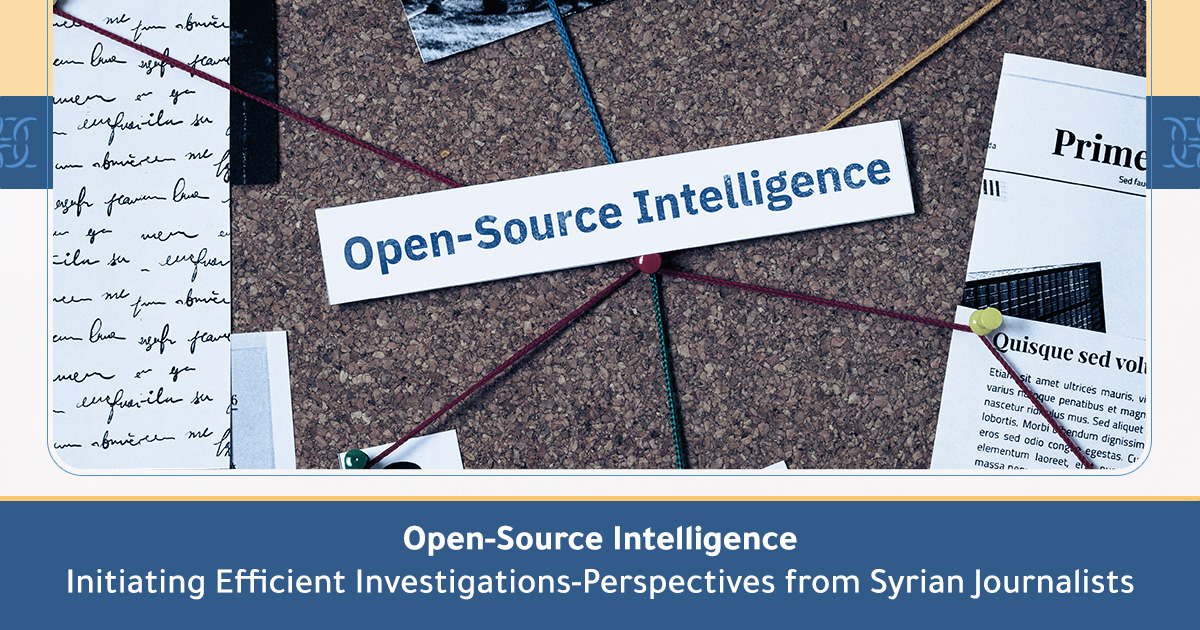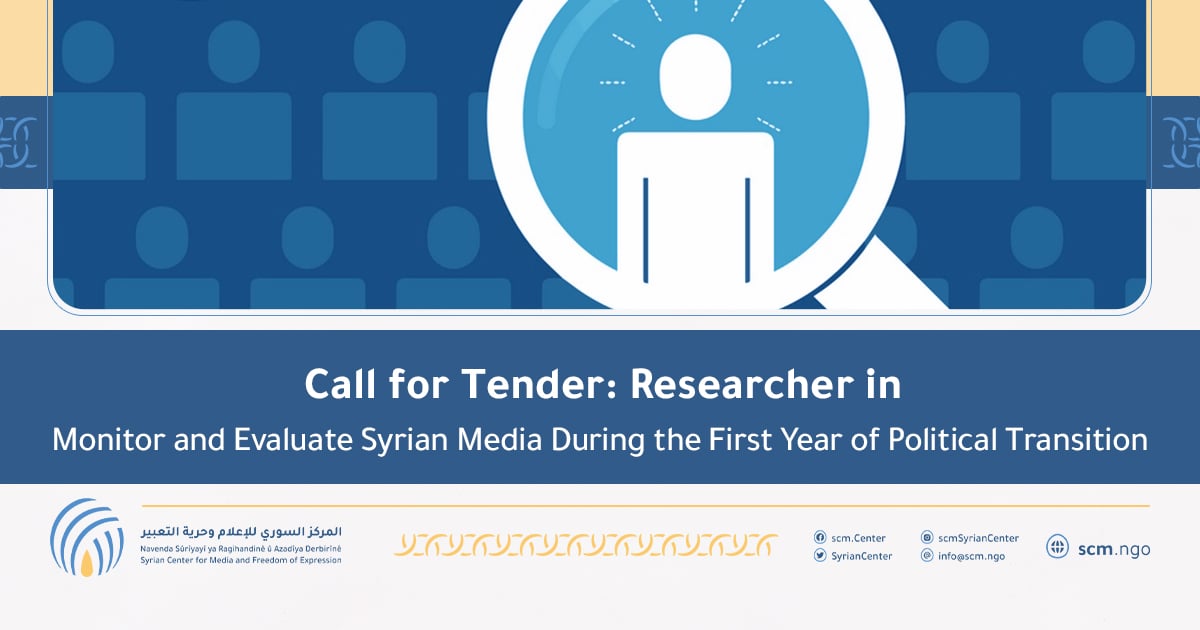
The damaged dome of the bathhouse of Ma’arrat al-Noman Museum after regime airstrikes on May 9, 2016
Istanbul, Turkey – The Day After (TDA), an independent, Syrian civil society organization working to support a democratic transition in Syria, condemns in the strongest possible terms the Assad regime’s airstrikes on the Museum of Ma’arrat Al-Noman, yesterday, May 9th. The Ma’arrat Al-Noman Museum is one of the sites where TDA’s Heritage Protection Initiative is currently doing ongoing work to preserve the museum and its artifacts. On Monday May 9th, 2016 at noon, the Museum of Ma’arrat Al-Noman was struck for the second time by the Syrian regime’s air force with two thermobaric bombs. The attack targeted the museum also known as Khan Murad Basha which was built in the 16th century during the Ottoman era (1564) and served as a Caravanserai, restaurant, and rest area for travelers.
The Khan occupies an area of 1.7 acres and is divided into 4 wings topped with domes. The wings are connected to service facilities: The central courtyard included a mosque and a restaurant, whereas the west wing housed a market place, a bathhouse, a bakery, grains storage area, and a water station that supplies the whole facility.
The damage caused by this most recent airstrike is severe especially in the bathhouse area and in the fourth ward on the west side of the building. The Day After Heritage Protection Initiative (TDA-HPI) site monitors team in conjunction with the Cultural Heritage Preservation Center (from Ma’arra) conducted an onsite assessment of the damage and documented it along with recommended urgent repairs to stabilize the damaged areas and prevent further deterioration. The documented damage:
- A breach in the western wall of the building in the fourth wing. The resulting rubble landed inside on the mosaics that the TDA Site Monitors team had previously sandbagged for protection. This measure was effective in preserving the mosaics, the most important of which is that of “Hercules”.
- Damage to the northwestern wall separating the Khan/museum from the bathhouse, which caused part of the exterior wall to collapse into the narrow corridor separating the two buildings.
- The bathhouse roof including the dome and cupolas sustained severe damages.
“The Syrian regime in its indiscriminate bombardment of the civilian population centres is now also targeting museums and priceless treasures as well,” TDA Board Member and Syrian Cultural Heritage Expert, Amr al-Azm said. “It is a clear indication of this regime’s barbarity and lack of respect for all things human, life and culture.”
